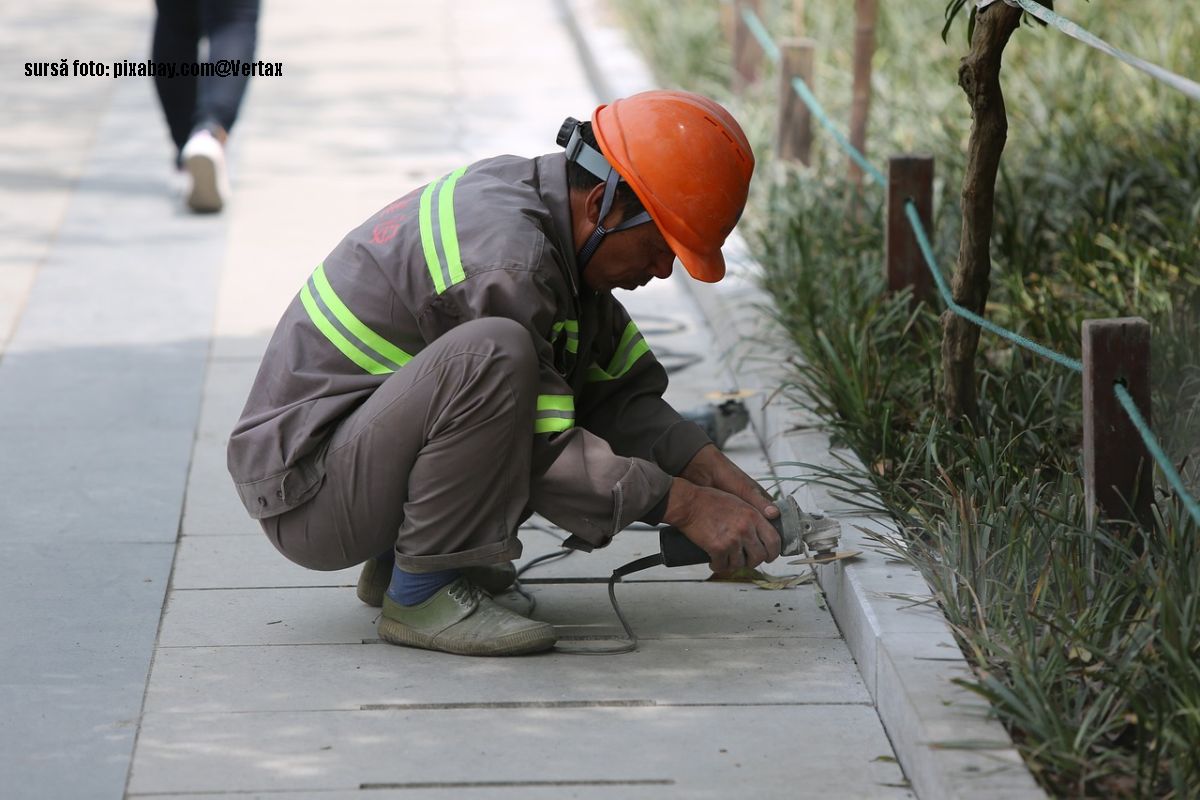Romanian Smokers, Beware!
March in Romania is synonymous with the first signs of spring settling in: flowers blooming, birds chirping, lighter clothing, outdoor restaurants opening again, and more smokers outdoors.

Eugen Cojocariu, 26.04.2012, 16:01
The recently released Global Adult Tobacco Survey drew attention to the dangers of active and passive smoking alike, and aimed at increasing the awareness of Romanians older than 15. Romanian authorities have been hopeful that an enforced ban on smoking in public spaces will come into force, and that ways will be found to toughen anti-smoking legislation. This will perhaps lead to a ban on smoking on private property as well, in order to prevent the exposure of non-smokers of all ages. We talked to Sorina Irimie, study coordinator in Romania.
Sorina Irimie: “Well aware that smoking is the number one preventable cause of death, the World Health Organization together with the Canadian Centre for Chronic Disease Prevention and Control launched a global tobacco watch system, back in 1989. The system includes data gathered from several surveys – one focuses on students aged 13 to 15, first conducted in 2004 and rerun in 2009. This study looked at tobacco consumption in school personnel, professors and auxiliary staff. Another study focused on 3rd-year students in dental medicine, general medicine and pharmacy and nurses’ colleges. There is also the Global Adult Tobacco Survey, monitoring tobacco consumption in adults. The latter was first introduced in 2007.”
The global survey on tobacco consumption in adults, conducted in Romania in 2011, illustrated tobacco consumption in Romanian citizens over 15 years of age. The Survey provides data on tobacco consumption, the quitting rate, passive smoking, and economic aspects, as well as attitude and perception towards tobacco consumption.
Statistics show that 24.3 percent of adults in Romania are daily consumers — 34.9 percent of all male citizens and 14.5 percent of female citizens. Meanwhile, 2.4 percent are occasional smokers — 2.5 percent of male citizens and 2.2 percent of female citizens. At global level, most current smokers fell into the 25-44-age bracket. 37.8 percent of current smokers have had at least one attempt at quitting in the last 12 months. 35.4 percent of respondents over 15 years of age said they have been exposed to second-hand smoking at home.
Meanwhile, 34.2 percent of employees were exposed to second-hand smoking at the workplace during the previous 30 days. The average smoker spends 273.1 lei — about 62 euros — on cigarettes every month. This figure is slightly less than half the minimum wage. Dr. Sorina Irimie is back with details on the severity of the phenomenon:
Sorina Irimie: “Epidemiological evidence is crucial in crafting measures to end an epidemic. And as far as tobacco goes, we can safely speak about a smoking epidemic. In Romania, 4.8 million adults are current smokers, and as such they are subject to high risks of disease and early death. The good news as regards the smoking epidemic is that it is reversible, and GATS focuses on measuring the efficiency of intervention. Romanian legislation bans smoking in public areas, but unfortunately it is not complied with. Amendments and punitive measures must be identified, to ensure the enforcement of the law. In fact, we want smoke free’ legislation, because this is the solution. Over 70% of the respondents are in favour of a total smoking prohibition., Smoking should not be allowed anywhere, not even in cars, because children may be passive smokers in such cases. Over 6 million people are exposed to cigarette smoke at home. So we want smoke-free cars, smoke-free homes. We focus on this because on the one hand it protects non-smokers from cigarette smoke exposure, and on the other hand it may lower the number of people who take up smoking.”
Of the unsettling findings in the survey, one that has caught the attention of experts is that out of the total number of current smokers, 60% seem to be nicotine-addicts, i.e. they smoke the first cigarette within half an hour from waking up. For them, public healthcare regulators must create special support programmes, must raise smokers’ awareness that smoke-quitting programmes are free of charge, that they can receive counselling and that there are toll-free phone lines for entering such programmes.
One measure that Romanian authorities are encouraged to take based on the GATS is to increase the price of cigarettes to a level comparable to the EU average. An unexpected 60% of the respondents backed such a measure.






























